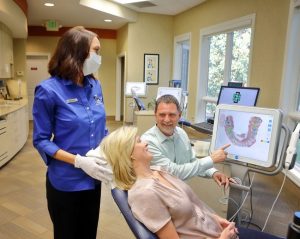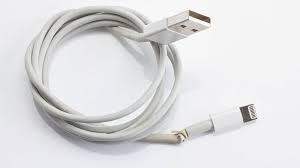You might consider the benefits of digitizing your practice if you’re an orthodontist. The benefits, costs, and effects of digitizing orthodontic practices on your office and patients are all covered in this article The moment may be right to begin looking at the advantages of digital recordkeeping. You might be pleasantly pleased to learn that there are many free strategies to improve your practice’s productivity.
Major Advantages
Many people have remarked that they prefer to make appointments or communicate with doctors online. More than seventy percent of survey respondents cite their desire to communicate with doctors via a secure web service. Patients also appreciate the efficiency of digitized treatment plans with the best orthodontic practice management software. Digital technology makes it easier to manage core business processes and improve patient care. For starters, these applications can help streamline the treatment process and improve communication with patients.
This technology allows dental offices to create comprehensive patient records, periodontal charts, treatment plans, and progress notes. Especially as the practice grows, this technology will help them save a great deal of time in recording treatment plans and tracking completed procedures. Another benefit of digital practices is that they can store records in an organized and easily accessible way, making it easier for patients to locate the information they need. Moreover, patients will appreciate that there are no messy filing cabinets full of paper documents.
With the help of advanced software, doctors can organize and manage patient records and images. This technology helps them match their expectations with their results. It can also be used as an image manager, connecting to treatment plans and helping patients understand whether their chosen treatment plan is feasible. It also allows practitioners to review patient data and consult with specialists and colleagues. Besides, orthodontic practice management software helps practice staff interact with patients and provide them with real-time information.
Improved Patient Experience
Digital technologies have become an important part of the field of orthodontics. A recent survey found that 75% of orthodontists and residents were interested in adopting such technologies. Once implemented in clinical practice, the benefits of digital technology are enormous. You’ll also need the means to fill your calendar, avoid gaps, and lower no-shows as your visibility grows. Find an orthodontic management system that provides reminders for appointments and lets patients make them online or through an app. Each patient should feel important and special, regardless of how busy your clinic is. For instance, does your receptionist have to ask someone to identify themselves when they phone your office? Since the patient data will be instantly shown on a screen by a decent practice management system, you won’t have to waste time asking for specifics before you can meet the patient. If you’ve selected reliable orthodontic practice management software, your patients will have a sense of familiarity while calling your clinic.
Increased Convenience
Paper-based models take up a substantial amount of space. With the rise of digital models, this cost is offset by increased convenience and ease of use. In addition, electronic document management systems make it easier for employees to find patient records without digging through the clutter of files. Further, these systems enable multiple people to use patient charts simultaneously. Losing patient charts track can lead to wasted unnecessary time and potential legal issues. Digital imaging of patient teeth and jaws has made it possible for orthodontists to capture accurate intra-oral images for use in treatment planning. This technology allows them to capture images of intraoral structures in a digital format, reducing the time and cost associated with traditional impression techniques. Digital scans can also be used for clear aligner technology and orthognathic surgical simulation. Although digital scanning is a more efficient way to capture patient data, the cost and time commitment may prevent some practitioners from adopting this technology. Although 20 percent of patients still choose brackets and wires, these advances can make the entire process faster and easier. In the meantime, patients can enjoy the benefits of the latest technology with more personalized care..

















+ There are no comments
Add yours